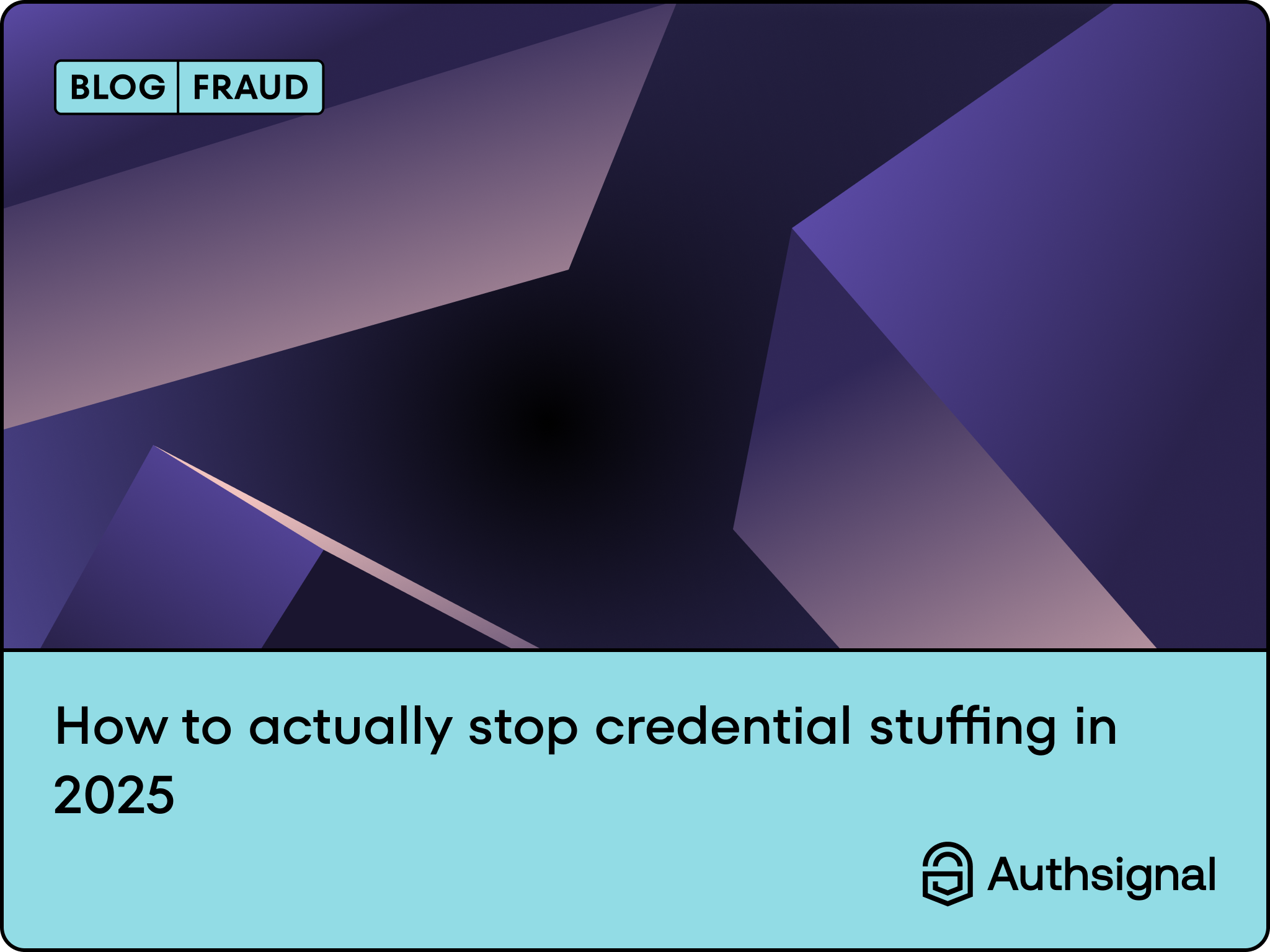.png)
How to implement adaptive MFA with passkeys for smarter, risk-based authentication
July 9, 2025
Learn how to build a secure, seamless money transfer experience with passkeys for adaptive MFA. Discover how Authsignal intelligently applies passkey authentication based on real-time risk, like anonymous IPs, high-value transfers, and unusual behavior.
Open article



.png)
.png)

%20(1).png)
.png)
%20(1).png)

.png)
.png)
.png)






.png)



.png)






